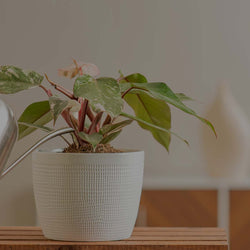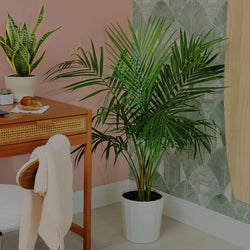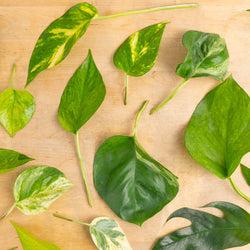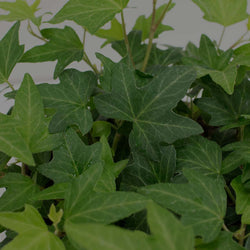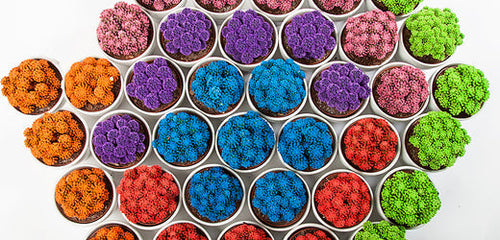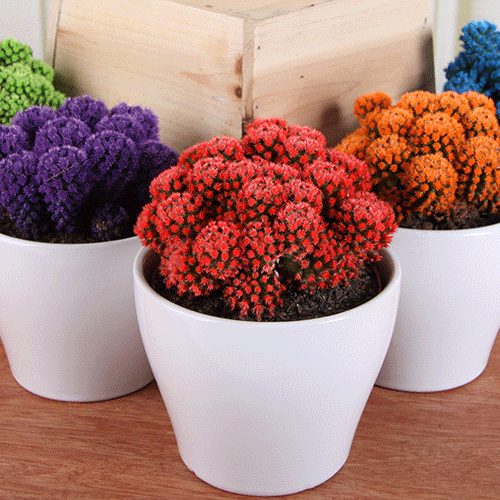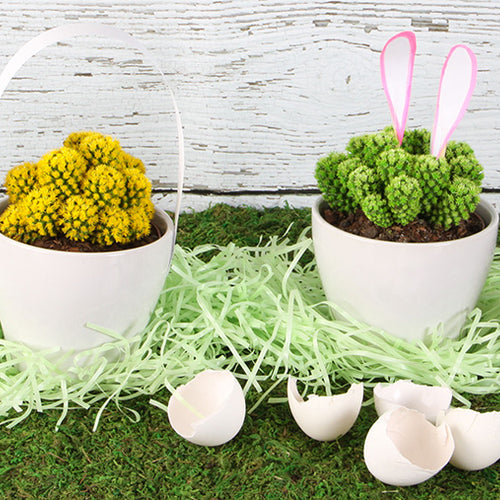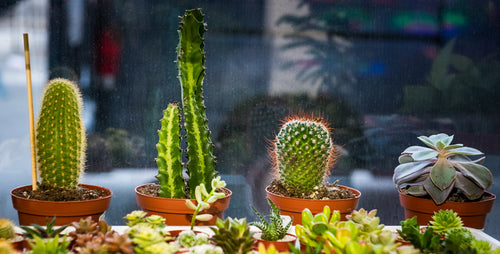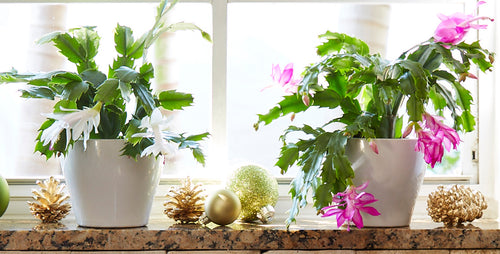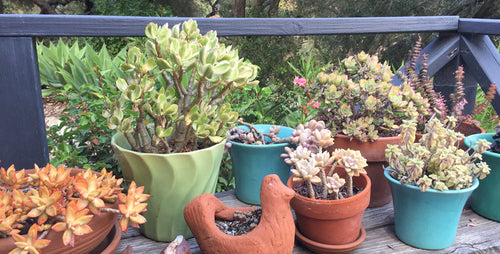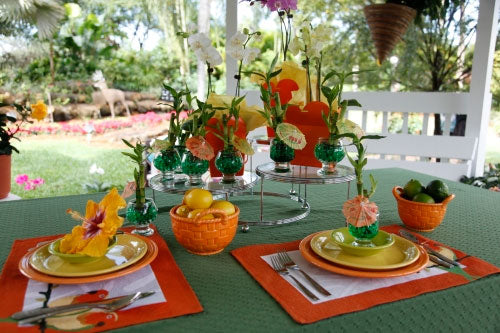
1: Pack Succulents into Found-Object Vessel
A rustic vintage found-object container makes an excellent (or eccentric container, depending on how you
feel). The color and shape suit the sculptural feel of the succulents.
GROWING TIP: Make sure containers
have adequate drainage holes. Succulents don’t like to live in consistently moist or soggy soil. Read more about buying
succulents.

2: Suspend Succulents in the Air
Although you may not think
of succulents as traditional hanging plants, they take on singular beauty when planted in a hanging container.
Succulents are especially suited to growing in hanging containers because these types of vessels tend to dry out
quickly and can be more difficult to water since they're overhead.
GROWING TIP: Hang sticky or poky
plants in spots where they can’t be bumped into.

3: Combine Succulents into a Form
Like a school of fish or
flock of birds, a group of succulents takes on a group personality. Planting succulents into a shape, such as a round or
square wreath gives them the opportunity to express themselves as a group. You can even grow these easy-care plants on a
topiary form for a more three-dimensional look in your landscape (or home).
GROWING TIP: Plant succulents
in a moss-filled base. Or
pack succulents into a dish garden with these easy steps.
4: Line Succulents up on a Mantle
Are you looking for an interesting mantle array (like
the one above)? Try a lineup of succulents. A sunny mantle offers a stage for a conga line of cacti and
succulents.
GROWING TIP: Cacti and succulents prefer a sunny spot indoors. Read more about other
mantle-scaping ideas.

5: Give Succulents a Job
A container with a cacti or
succulent can turn into a table setting or name place marker. These little plants excel as decorative elements on
wedding tables and at place settings for sit-down dinners.
GROWING TIP: Add decorative mulch to make succulent
and cacti table settings more attractive. Here's how to care for a
container with glued-in pebble mulch.
Written by Karen Weir-Jimerson
